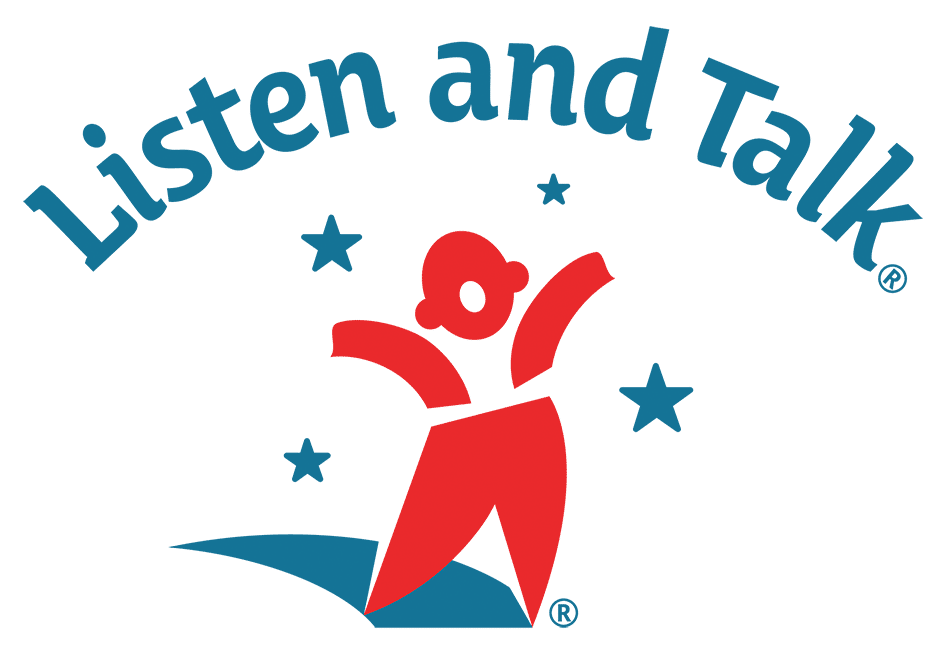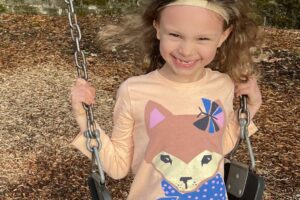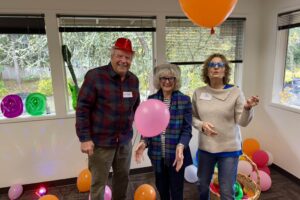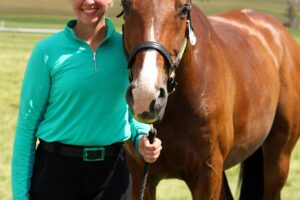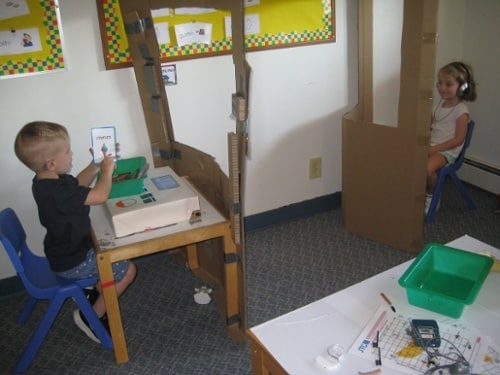
Understanding Our Ears
May is Better Hearing and Speech month, which means a lot to the professionals who work with kids with hearing loss. This year, I wanted to think about how I could make this month meaningful to my classroom students.
My students are 4 years old, so I had to find a way to make it accessible and fun for kids their age. I started by asking myself a few questions…
- Do they understand their technology?
- Do they know the proper names for everything?
- How can we learn about sounds and the way our ears work?
The biggest question I had was am I going to accomplish this and what is the end goal?
I set out to find different ways of incorporating sound and hearing technology into our daily classroom routine. Our classroom library was stocked with books about sounds and hearing. It also included some books that featured characters with different hearing technology.
This month, our snack mats featured pictures of the technology they use on a daily basis! There are a lot of different pieces of technology we use every day; sound field, transmitter, receivers. The list is endless! This helps increase their vocabulary and build their language around each important piece of equipment.
Our whole group lessons focused on loud vs soft and high vs low pitch sounds. The kids learned about sound waves and how they travel. The students experimented with making different sounds on instruments, which included rhythm sticks, a tambourine, and a guitar. Our educational assistant, Megan, even showed off her talent when she brought in her oboe. The kids loved pushing the keys while Megan played!
Our classroom’s dramatic play area was turned into an audiology office, complete with a sound booth for hearing tests. The kids were also able to explore different types of technology by “fitting” their “patients” with their new hearing aids, cochlear implants, or bone anchored hearing aid. They really enjoyed pretending to be audiologists. It was awesome to see how much they understood the different parts of an audiologist’s job through their play. They even cleaned the hearing aids and cochlear implants to make sure they are working properly. One of our favorite moments was watching them use the listening hoop to give each other the Ling sound test.
The kids work all year on identifying when their “ears” are not working. They now know when to ask for help with their technology and they know how to request to be connected to the transmitter of the speaker in the room. There are a mix of hearing aids and cochlear implants in this year’s classroom. Until recently, the kids did not recognize the difference between the different technologies. Through storybooks and group discussions, we’ve identified the similarities and differences of our amplification.
We’ve seen how increasing their awareness and advocacy skills during this unit has helped to strengthen their ownership, understanding, and pride about their special ears. In every stage at Listen and Talk, our ultimate goal is to help each child confidently talk to future teachers, classmates, friends, and family about their “special ears.”
